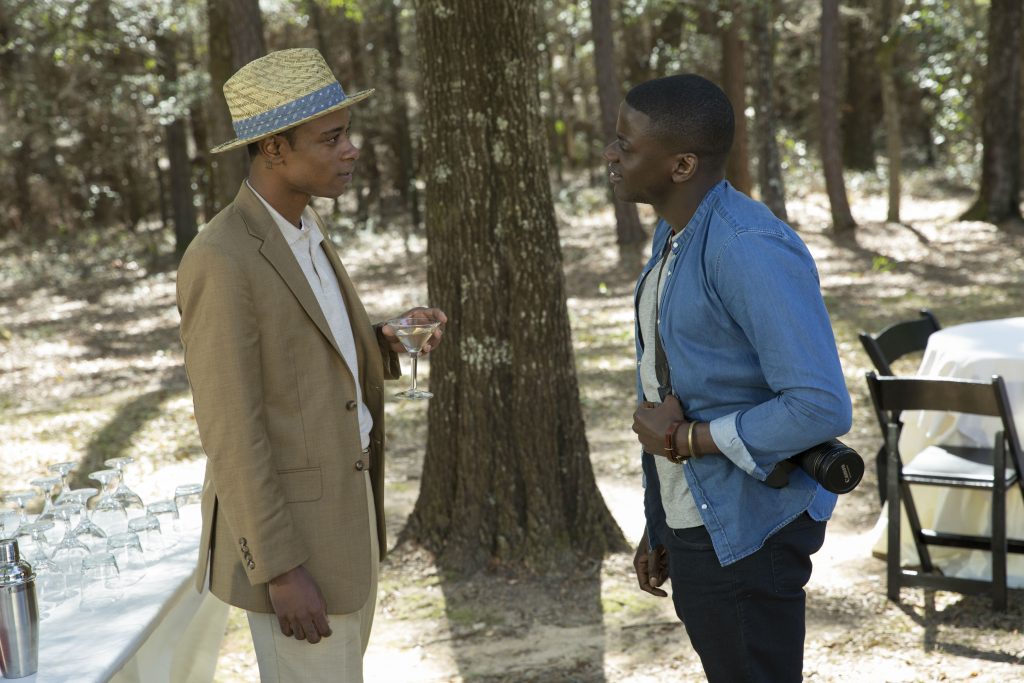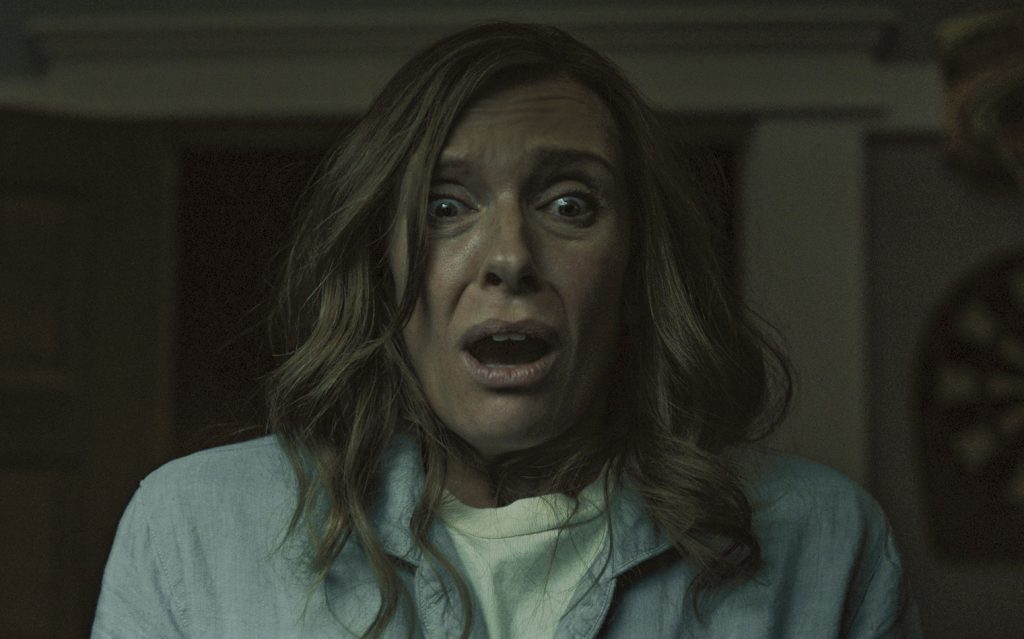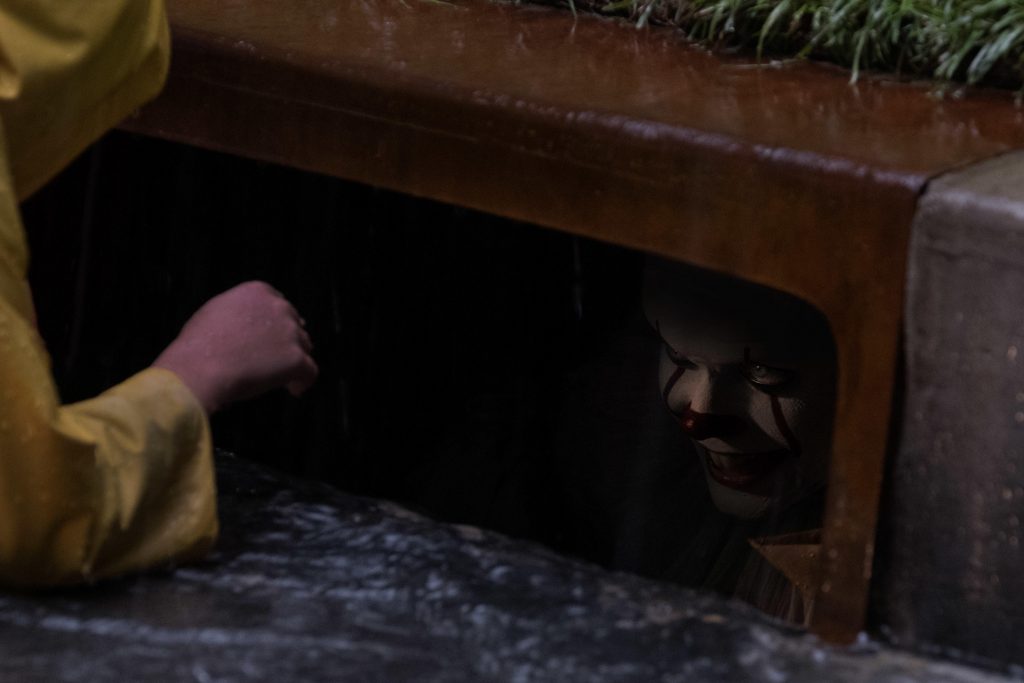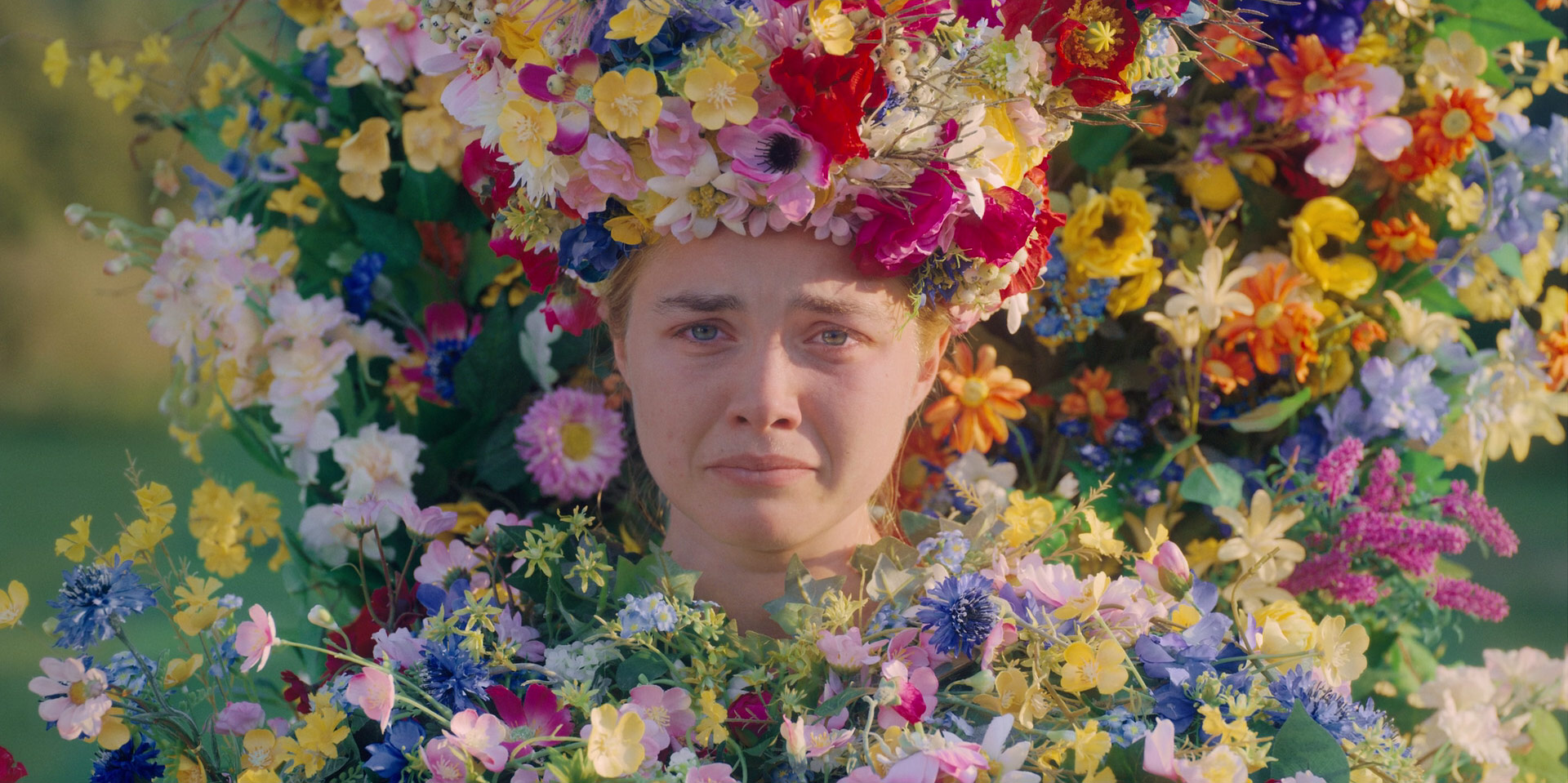Among the horror movies of recent years, you can rarely find anything truly scary: hence the average rating and mixed reviews, with a pretty poor six on IMDb, and the lack of big names that the audience associates with horror. From where? Perhaps the answer lies in the genre’s transformation from its inception in the 1890s to the present day. Originally conceived as a form of intimidation, fear evolved into a full-fledged social expression in the early twenties of the 21st century, not limited by rigid genre boundaries. If earlier horror films tried to surprise the audience with screams, increased tension in individual scenes or fantastic monsters (the image of Freddy Krueger from 1984’s A Nightmare on Elm Street is still considered a cult), now horror writers seem not to bet. supernatural, but real. That’s why modern horror movies have more subtexts, metaphors, and meanings, less monsters in dark basements, animated dolls, and blood trying to run off the screen.
In general, the reinvention of the horror genre has been around for a long time, but it was precisely and clearly embodied in the works of Jordan Peele, who achieved the status of “master of horror” even after his directorial debut.

The former comedian and star of the comedy series Key and Peel, in which he co-starred with Keegan-Michael Key, has plunged into big cinema from an unexpected horror past because of his past – getting the director, Get Out (2017), with Daniel Kaluuya, not only won an Oscar for best screenplay, as well as recognition in a professional setting.
First, it’s Rotten Tomatoes’ critical approval rating of 98%, second, four nominations for the world’s main film award, and third, it confirms not only his success in the industry, but a victory in the one he made. He is the first black man in history to win the award for best original screenplay. And Jordan Peele, with his work, set a new direction for the genre – social – and finally strengthened the so-called “slowburner” (from English – slow – slow and side – side) as a subgenre of horror.
“Slow burns” are characterized by the slow development of the plot, a gradual and inconspicuous increase in tension, the absence of screaming, and the presence of social overtones.
So, “Get Out”, which started with a generational conflict, gradually approaches a more acute problem (especially in the era of #BlackLivesMatter) – racism, which puts the content in the author’s form. The thriller, Jordan Peele, for example, builds not on the play of light and shadow, but on a sense of paranoia and the unnaturalness of what is happening. Therefore, the parents of the main character in “Get Out” may seem innocent at first, and the focus of the viewer’s attention is trying to hold on to something else.
The director hides the “horror” not in paranormal creatures or monsters from ancient myths, but in real people around us in everyday life, and this turns out to be more frightening than the girl who crawled out of television in The Ring.
Later, Ari Astaire will continue Jordan Peele’s innovative line in her own way, highlighting social issues as well as the psychology of human behavior.

For example, half of “Reincarnation” is devoted to the experiences of the main characters due to the death of a loved one, and “Solstice” is a story about interdependent relationships.
The murders in Ari Astaire’s films are hidden behind the scenes, there are no screamers, and the fantasy is so understandable that it is not the sinister image of Freddy Krueger that frightens the audience, but the realism of what is happening.
To be fair, the latter as a genre has always been present in horror films – moreover, it was fear from the moment they unfolded that was responsible for visualizing society’s fears. But if earlier these were more fantastical horrors associated with paranormal phenomena, now the focus has shifted to real-life horrors. At the same time, fear often balances on the border between the first and the second.

So, Stephen King’s modern adaptation and the most successful studio horror movie of the last decade, “It” may at first glance seem like a classic horror movie with screamers and a monster in the guise of a clown, but in reality David Robert Mitchell’s movie addresses a number of issues: domestic violence, racism, guilt, and the list goes on.
This kind of thematic freedom for horror movies is largely due to the lack of strict genre frameworks and a universal formula made up of several components that define the film as a truly horror movie. Horror itself is plastic and can easily exist even where it meets comedy (Real Ghouls) or melodrama (The Warmth of Our Bodys), but it’s more of a science fiction (A Quiet Place), thriller (Conjuring), detective story (“I’ll look”) or a drama with its characteristic psychology. Speaking of the latter: For example, Robert Eggers’ Lighthouse, in the absence of any enemies, does not cease to be horror (the struggle between good and evil is often chosen as a hallmark of horror films, but Lighthouse openly argues with this), and the horror is drawn from the main characters into madness.
This is perhaps the whole essence of modern horror – to scare with fictional characters coming out of the closet and not by the harshness of the moment, but by exaggerating the horrors of human nature.
Although the horror films of the 21st century have lost the main thing that fans of the genre went for (we’re talking goosebumps and then not being able to sleep), they acquired something more important – the ability to speak to the audience about the main thing, but in their own – special – way.
Source: People Talk
Errol Villanueva is an author and lifestyle journalist who writes for The Fashion Vibes. With a passion for exploring the latest trends in fashion, food, travel, and wellness, Errol’s articles are a must-read for anyone interested in living a stylish and fulfilling life.




